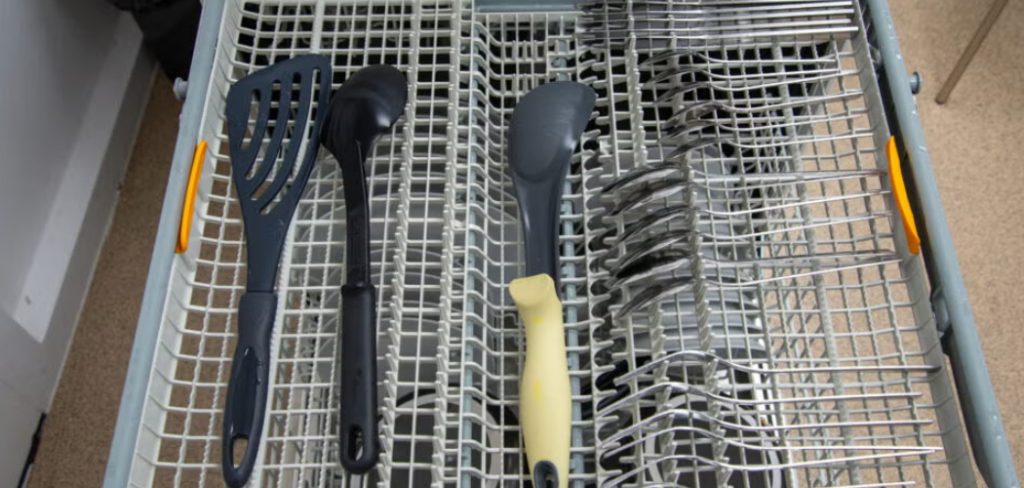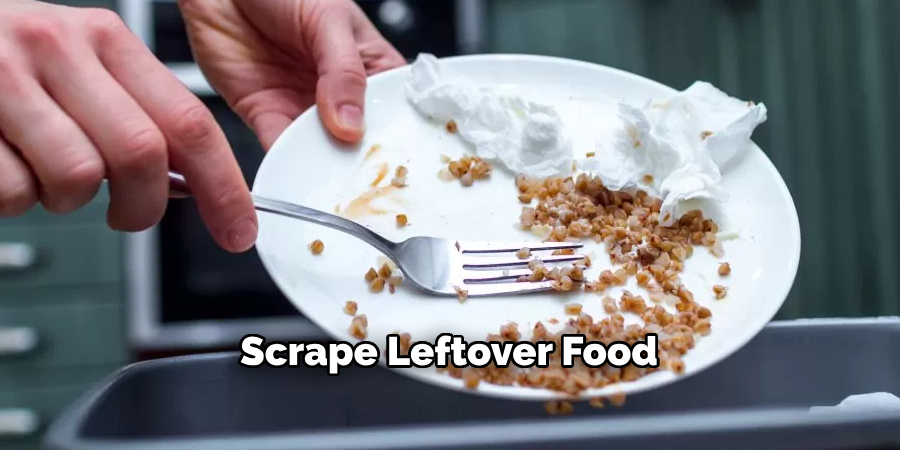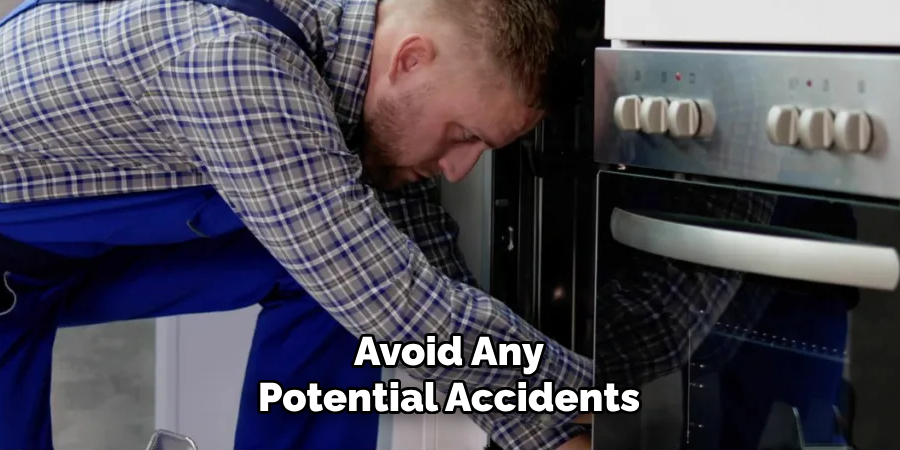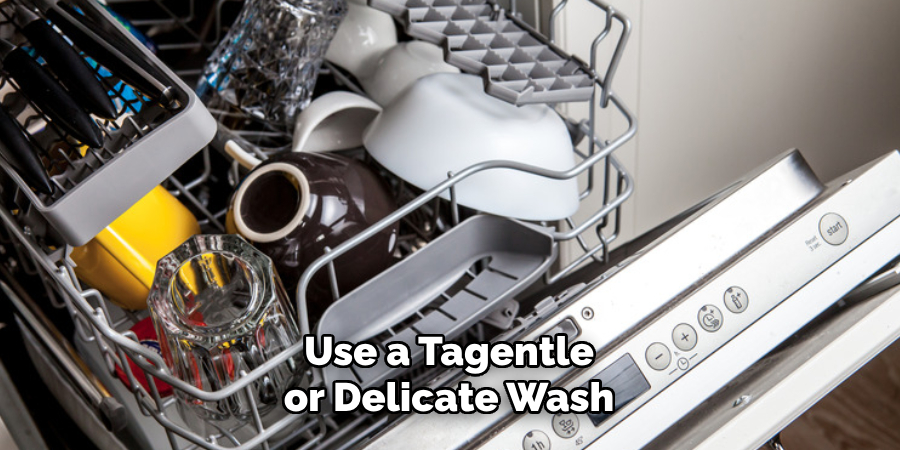Loading a dishwasher properly is key to ensuring your dishes come out clean and your appliance runs efficiently. The Miele dishwasher, known for its advanced technology and reliable performance, requires specific loading techniques to achieve optimal results.

By following a few simple guidelines on how to load miele dishwasher, you can make the most of your Miele dishwasher and prolong its lifespan. This guide will walk you through the basics of loading it effectively.
Why Load a Dishwasher Properly?
Before diving into the steps on how to load Miele dishwasher, it’s important to understand why proper loading is crucial. A properly loaded dishwasher not only ensures clean dishes but also:
Prevents Damage
Loading heavy or sharp objects in the wrong places can cause damage to both your dishes and your dishwasher. This can result in costly repairs and replacements.
Saves Time and Energy
Properly loaded dishes allow for better water circulation, meaning your dishwasher can clean more efficiently. This saves time and energy, as well as reduces water usage.
Maximizes Space
Loading your Miele dishwasher correctly allows you to fit more dishes into one load, saving you from having to run multiple cycles.
8 Steps on How to Load Miele Dishwasher
Step 1: Pre-Rinse Dishes
Before placing your dishes into the dishwasher, give them a quick pre-rinse to remove large food particles and debris. While the Miele dishwasher is designed to handle certain amounts of residue, removing excessive food ensures better cleaning results and prevents clogs in the filter.
Simply scrape leftover food into the trash or compost and run a little water over heavily soiled surfaces. Avoid over-rinsing, as modern Miele models perform best with some residue for optimal detergent activation.

Step 2: Load Large Items
Place large items, such as pots, pans, and baking sheets, in the bottom rack of the dishwasher. Ensure that these items are positioned securely and do not block the spray arms, as this can hinder water circulation and result in poorly cleaned dishes. Lay them at an angle to allow water to flow off easily and prevent pooling.
Avoid stacking or overlapping the large items, as this could limit access to the spray and detergent. Properly arranging these items helps maximize space and ensures that both large and small items get thoroughly cleaned.
Step 3: Place Plates and Bowls
Next, load plates and bowls in the bottom rack. Position them between the prongs, angling them downwards towards the center of the dishwasher to allow for better water flow. Avoid stacking or crowding them together too closely, as this can result in dishes not getting fully cleaned.
Also, be sure to avoid nesting bowls inside each other, as this can prevent proper cleaning of both the inside and outside surfaces. Leave space between items to ensure thorough cleaning and drying.
Step 4: Load Glasses and Cups
Place glasses on the top rack of your Miele dishwasher, ensuring they are secure and cannot tip over. Avoid placing them directly over the spray arms to prevent damage and ensure proper cleaning.
Cups can be loaded either facing up or down, depending on your preference and the design of your dishwasher. However, placing them upside down allows for better water drainage and prevents any leftover residue from gathering inside.
Step 5: Load Cutlery
Miele dishwashers have a designated cutlery tray at the top of the dishwasher. This tray is specifically designed to hold each piece of cutlery in a separate slot, allowing for maximum cleaning efficiency and preventing your cutlery from nesting together.

Place forks with tines facing upwards and knives facing downwards to avoid any potential accidents while unloading. Additionally, make sure to mix up the types of cutlery in each slot to allow for better water flow and prevent nesting.
Step 6: Load Small Items
Small items, such as lids, small bowls, and plastic containers, should be placed in the top rack. Ensure lightweight items are secured to prevent them from flipping over during the wash cycle or blocking the spray arms. Use the foldable tines or designated areas in the rack to keep these items in place.
For plastic items, confirm they are dishwasher-safe to avoid warping or damage from the heat. It’s best to place plastics on the top rack where the heat exposure is lower, as the heating element is typically located at the bottom of the dishwasher.
Step 7: Close and Secure Dishwasher
Once all your dishes are loaded properly, check that none of the items are obstructing the spray arms or detergent dispenser. Gently spin the spray arms by hand to ensure they can rotate freely without hitting any dishes. Verify that all items are securely in place and will not shift during the wash cycle.
Next, close the dishwasher door firmly and ensure it latches securely. This step is crucial to prevent any water leakage during operation. If your Miele dishwasher has a locking mechanism or handle, make sure it is engaged before starting the wash cycle. Taking these precautions ensures a smooth and efficient dishwashing process.
Step 8: Select the Appropriate Wash Cycle and Start
Most Miele dishwashers have multiple wash cycles to choose from, such as a quick wash, eco mode, or heavy-duty cycle. Select the appropriate one for your load based on how dirty your dishes are and the type of items being washed. This helps optimize cleaning results while also conserving energy.
Once you’ve chosen the desired cycle, press start and let your Miele dishwasher do its job! Avoid opening the door during operation to ensure proper water temperature and pressure are maintained throughout the cycle. Once finished, let your dishes cool down before unloading to prevent any potential damage.

Following these 8 steps on how to load miele dishwasher will ensure your Miele dishwasher is loaded correctly for maximum efficiency and cleaning results. By taking the time to load your dishwasher properly, you can save on energy and water usage while also extending the life of your appliance. With this guide, you can now confidently load your Miele dishwasher like a pro! Happy dishwashing!
Additional Tips
- Avoid placing plastic items on the bottom rack as they may melt or warp due to the high heat during the drying cycle.
- Use a dishwasher-safe detergent and rinse aid for optimal cleaning results and to prevent streaks or spots on your dishes.
- If you have heavily soiled pots, pans, or baking sheets, opt for a pre-wash cycle before loading them into the dishwasher to remove excess grime.
- Consider investing in a Miele dishwasher with sensor wash technology, which adjusts the wash cycle based on how dirty your dishes are for maximum efficiency.
- Always refer to your Miele dishwasher’s user manual for specific loading instructions and guidelines for your model. So go ahead and load your Miele dishwasher with confidence, knowing that your dishes will come out sparkling clean every time! No more hand washing for you. Enjoy the convenience and efficiency of a well-loaded Miele dishwasher. Happy cleaning!
Frequently Asked Questions
Q: Can I Load Plastic Items in My Miele Dishwasher?
A: Yes, you can load plastic items in your Miele dishwasher as long as they are labeled as dishwasher-safe. It is recommended to place them on the top rack to avoid potential warping or damage from heat exposure.
Q: How Often Do I Need to Clean My Miele Dishwasher?
A: It is recommended to clean your dishwasher at least once a month by running an empty cycle with a dishwasher cleaner or a mixture of vinegar and baking soda. Additionally, regularly removing and cleaning the filter will help maintain optimal performance. Refer to your user manual for specific instructions on how to clean your Miele dishwasher model.
Q: Can I Load Non-Dishware Items in My Miele Dishwasher?
A: It is not recommended to load non-dishware items, such as tools or toys, in your Miele dishwasher. These items may not be designed to withstand the heat and water pressure of a dishwasher and can potentially cause damage to your appliance. Stick to loading only dishes, cutlery, and cookware in your Miele dishwasher for best results.
Q: Can I Load My Expensive Glassware in My Miele Dishwasher?
A: Yes, Miele dishwashers are specifically designed to safely clean and protect your delicate glassware. However, it is recommended to use a tagentle or delicate wash cycle for these items to avoid any potential damage. Be sure to also load them securely on the top rack away from the spray arms. Consider using a dishwasher-safe basket specifically made to protect fragile glasses during the wash cycle. If you have any doubts about loading certain items, refer to your user manual or consult with a Miele representative for further guidance.

Conclusion
Properly loading your Miele dishwasher not only ensures optimal cleaning results but also helps extend the lifespan of your appliance. By following these 8 steps on how to load miele dishwasher and taking note of some frequently asked questions, you can confidently load your Miele dishwasher like a pro.
Remember to regularly clean and maintain your dishwasher for continued efficient performance. With the help of your trusty Miele dishwasher, say goodbye to hand-washing dishes and hello to more time spent doing the things you love! Happy dishwashing!
Professional Focus
Angela Ervin, a former interior designer turned blogger, specializes in kitchen design and renovations. Through her website, she blends her passion for cooking with design expertise, sharing practical and creative ideas. Known for balancing functionality and beauty, Angela’s insightful content has made her a trusted voice in home design and lifestyle.
About the Author
Angela Ervin, an experienced interior designer and blogger, combines her passion for kitchen renovations with storytelling. Living in Petersburg with her family, she enjoys cooking and testing her projects firsthand. Known for her humor and relatable style, Angela shares creative, functional design insights through her content, making her a trusted voice in home design.
Education History
University: Virginia Commonwealth University
Degree: Bachelor of Fine Arts (BFA) in Interior Design
- Angela’s education at VCU focused on mastering core interior design principles, including spatial planning, color theory, materials selection, and sustainable design practices.
- She gained hands-on experience through studio projects and collaborative design exercises, which honed her ability to create functional and aesthetically pleasing environments.
- Her coursework also emphasized problem-solving and practical applications of design, preparing her for real-world projects like her self-directed kitchen renovations.
- The program’s strong foundation in both technical skills and creative expression shaped Angela’s ability to seamlessly integrate form and function in her work.
